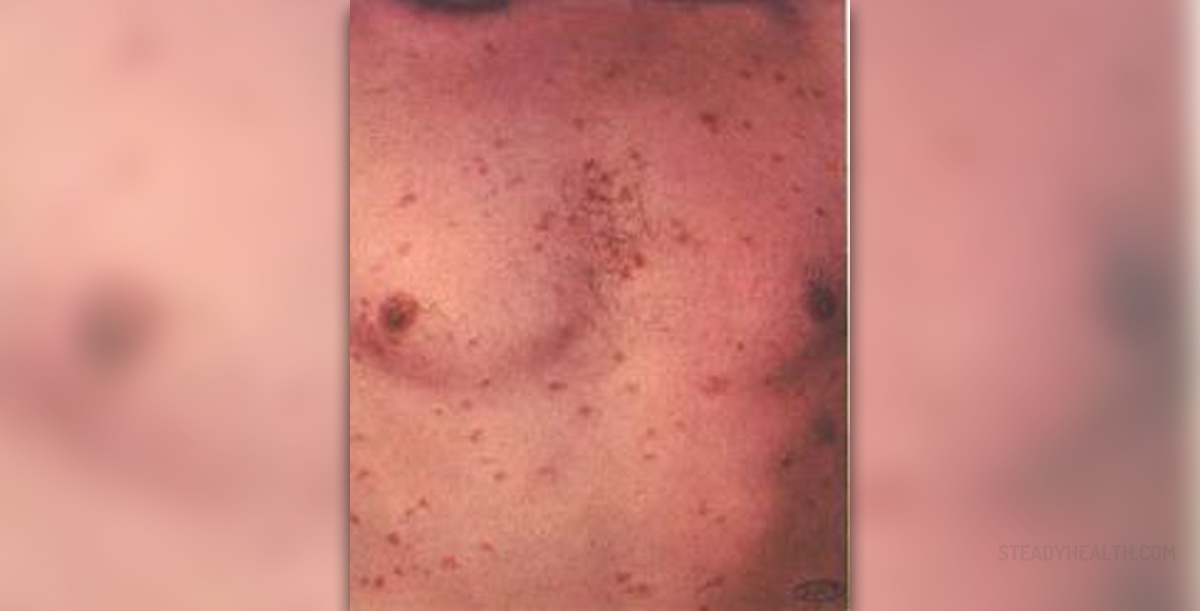
Syphilis is a common sexually transmitted disease caused by bacteria. The bacteria Treponema pallidum subspecies pallidum is typically responsible for syphilis infection. In most of the cases, people get syphilis through sexual contact with an infected partner; however, this disease may spread through a couple of other routes, including transmission from mother to a fetus during pregnancy or to mother to baby during childbirth. One can also get syphilis by kissing, since the bacterium is able to pass through intact mucus membranes or small wounds on the skin. According to the new studies, homosexual population, especially men who have sex with other men, are at an increased risk of syphilis. It is estimated that 60% of new syphilis cases happens in this social sub-category.
Symptoms of syphilis
Syphilis is also known as the “great imitator of skin diseases” since it typically affects the skin. The symptoms may vary and be present in four different stages. The primary stage usually starts about 3–90 days after the initial exposure (average 21 days) when the patient notices skin lesions, typically outside the genitals. Second stage begins approximately 4 to 10 weeks after the primary infection when the reddish-pink non-itchy rash forms all over the body. The acute symptoms usually resolve after 3 to 6 weeks, and the disease enters the latent phase in which the person is still infected but less contagious and doesn’t manifest any signs or symptoms of the disease. Tertiary syphilis may occur approximately 3 to 15 years after the initial infection, but these patients are not infectious.
Treatment for syphilis
Syphilis is easy to cure if it is diagnosed on time. This is a bacterial disease, so the main treatment involves antibiotic medication that kills the bacteria causing syphilis. In most of the cases, doctors will use penicillin. However, some people are allergic to this medicine, so the doctors may suggest using some other antibiotic.
Penicillin works excellently against bacteria, and a single injection can stop the disease from progressing, if the patient is infected for no more than a year. People who didn’t seek a treatment on time may need some additional dosages.
In the treatment of syphilis, patients may experience the Herxheimer reaction, which is characterized by fever, chills, headache, muscle pain, and exacerbation of skin lesions. This usually happens the first day of treatment and happens as the large quantities of toxins are released into the body as bacteria die. This typically doesn’t last more than a day and is a good sign of progress in treatment.
While being on treatment for syphilis, patients will need to have periodic blood tests and avoid sexual contact until the treatment is completed.




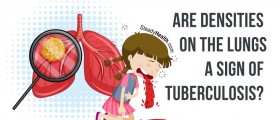
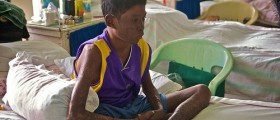

-And-Multiple-Sclerosis-Differences-And-Similarities_f_280x120.jpg)



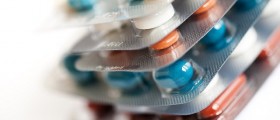


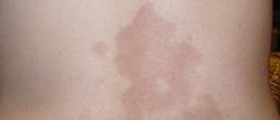

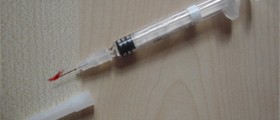
Your thoughts on this
Loading...